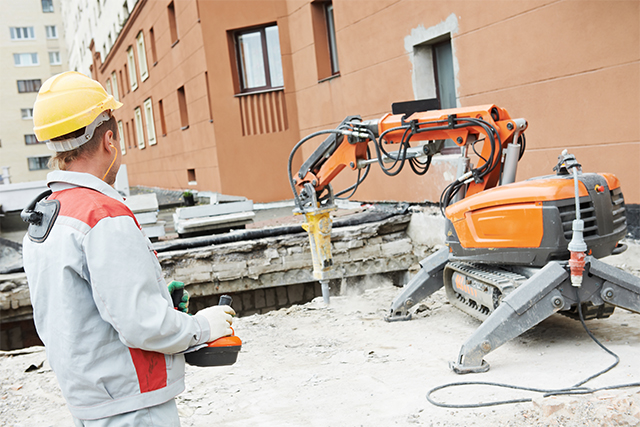Robotics in construction: How the construction industry is adopting technology
April 22, 2020Technology has influenced nearly every modern industry by improving efficiency, safety, and cost savings. While some industries have embraced new technology from the moment it is released, the construction industry has historically been slow to onboard automated solutions. This trend has changed in recent years as the construction industry continues to recognize the value of integrating technology.
One of the biggest areas in which the construction industry is adopting technology is through the use of robotics. As reported by Kayla Matthews, a robotics writer and tech journalist, in an article for The Robot Report, the global market for construction robots held at $22.7 million in 2018 and could grow to $226 million by 2025.
Using robotics in construction doesn’t mean that humans are removed from the process. “Humans are still in the loop for much of construction robotics,” says Matthews, “combining the strengths of human supervision with multiple technologies.”
The use of drones, exemplifies humans’ essential part in robotics. Drones can be used for anything from painting to identifying safety concerns on work sites. While the drone is doing the “work” construction workers control the device from a smartphone or tablet.
Drone data may be integrated with data captured by ground-based robots, also known as Autonomous Mobile Robots (AMRs), to provide a real-time view of a work site. This data can then be integrated into Virtual Reality, allowing project managers to “see” the construction site without having to leave the office.
Scaled Robotics has developed an AMR that is controlled via mobile devices. The information is collected by robots using laser scanners, focusing on identifying mistakes or errors in an effort to reduce rework.
Another example of robotics at work within construction is the advent of bricklaying machines. These machines, “promise to reduce operating costs and waste, as well as provide safer work environments and improve productivity,” says Matthews. While still in testing in many areas, these robots could have a drastic impact on the construction industry.
Hadrian X and Construction Robotics’ SAM100 are robotic bricklaying machines. Hadrian X uses an intelligent control system alongside Computer Aided Drawing (CAD) to function and is capable of building a standardized home every two days on average. SAM100 is designed to work collaboratively with masons to increase productivity by 3 to –5 times while reducing lifting by 80%.
Robotics use in construction technology will only continue to grow. As Matthews concludes, “From design through final inspection and maintenance, the full benefits of construction robotics have yet to be realized.”
Capitol Tech is the perfect place to explore both construction management and robotics with coursework available in both areas. Learn more about degree programs in Construction, Facilities, and Safety and Aviation and Unmanned Systems. For more information, contact admissions@captechu.edu.



